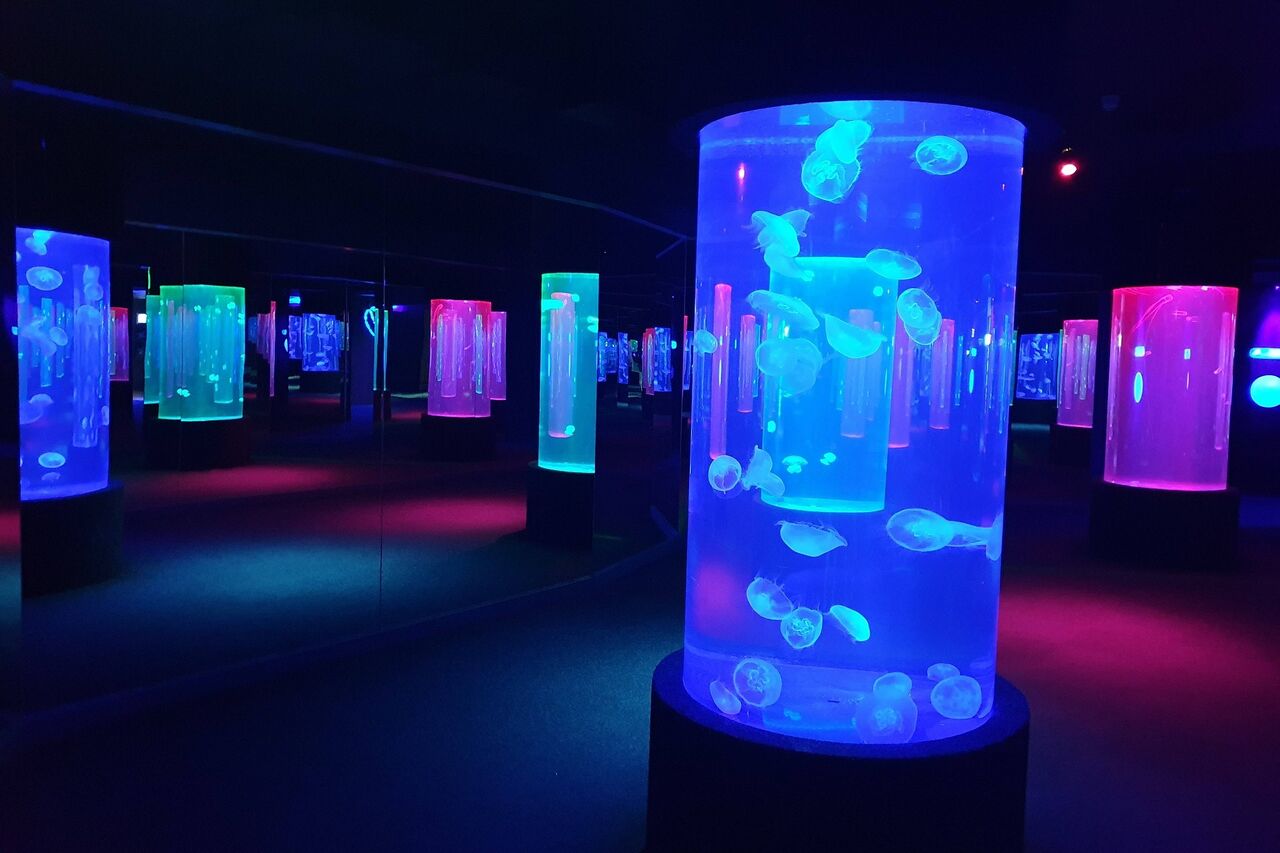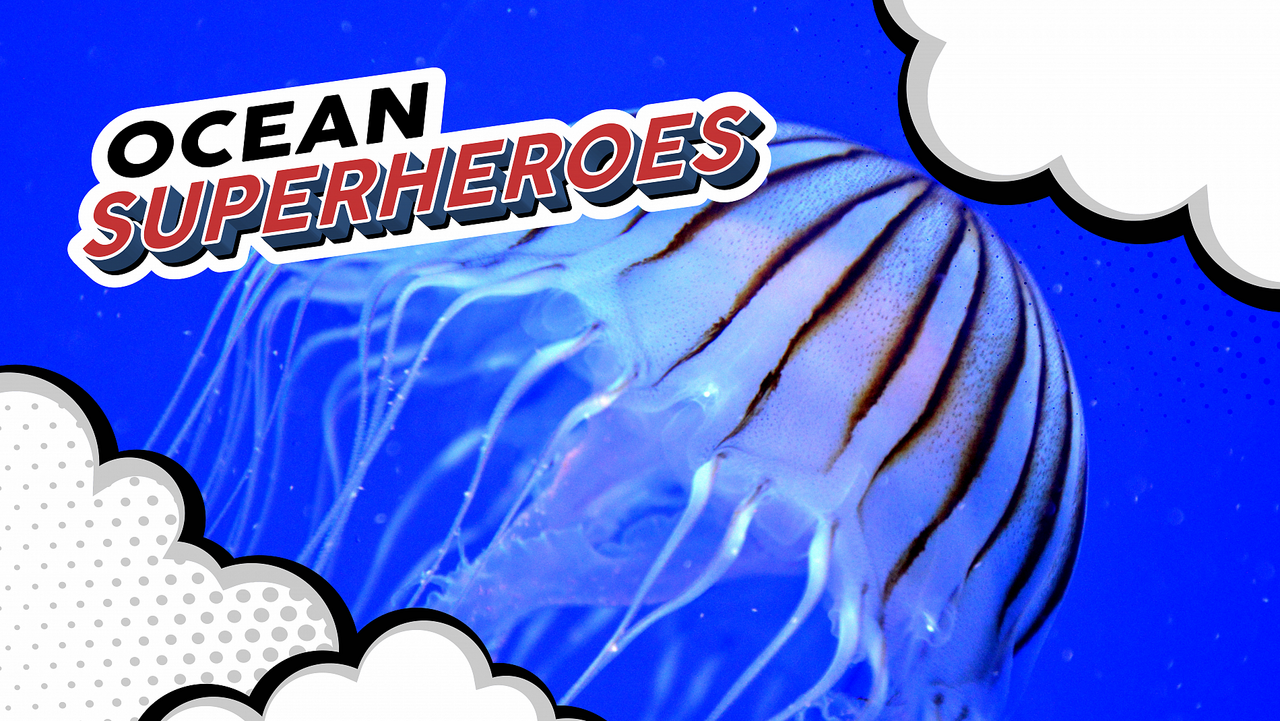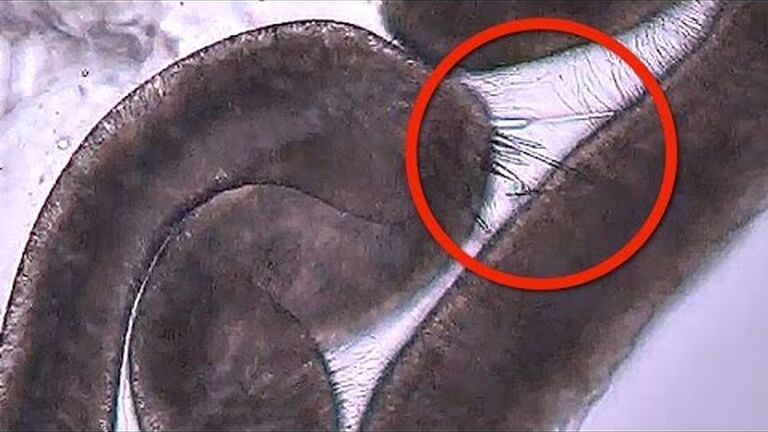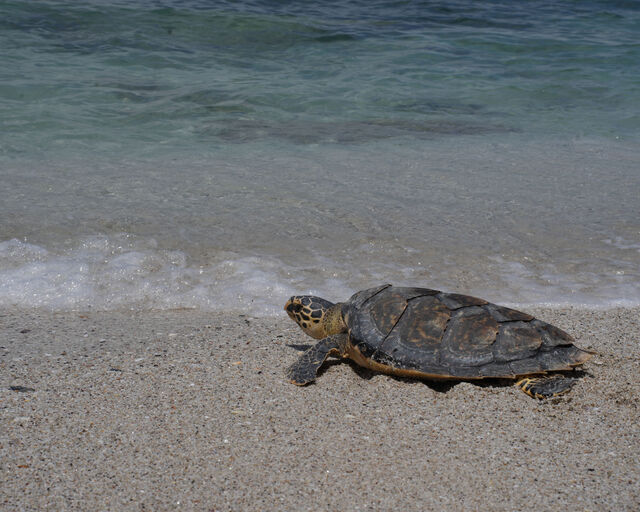Brainless, heartless, spineless, and 95% water - jellyfish don't seem to have much going for them. But with over half a billion years of success, and making up a third of all ocean biomass, there's clearly something more to these animals than they get credit for. Let's take a look at some of the superpowers that help jellies rule the ocean:
Immortality
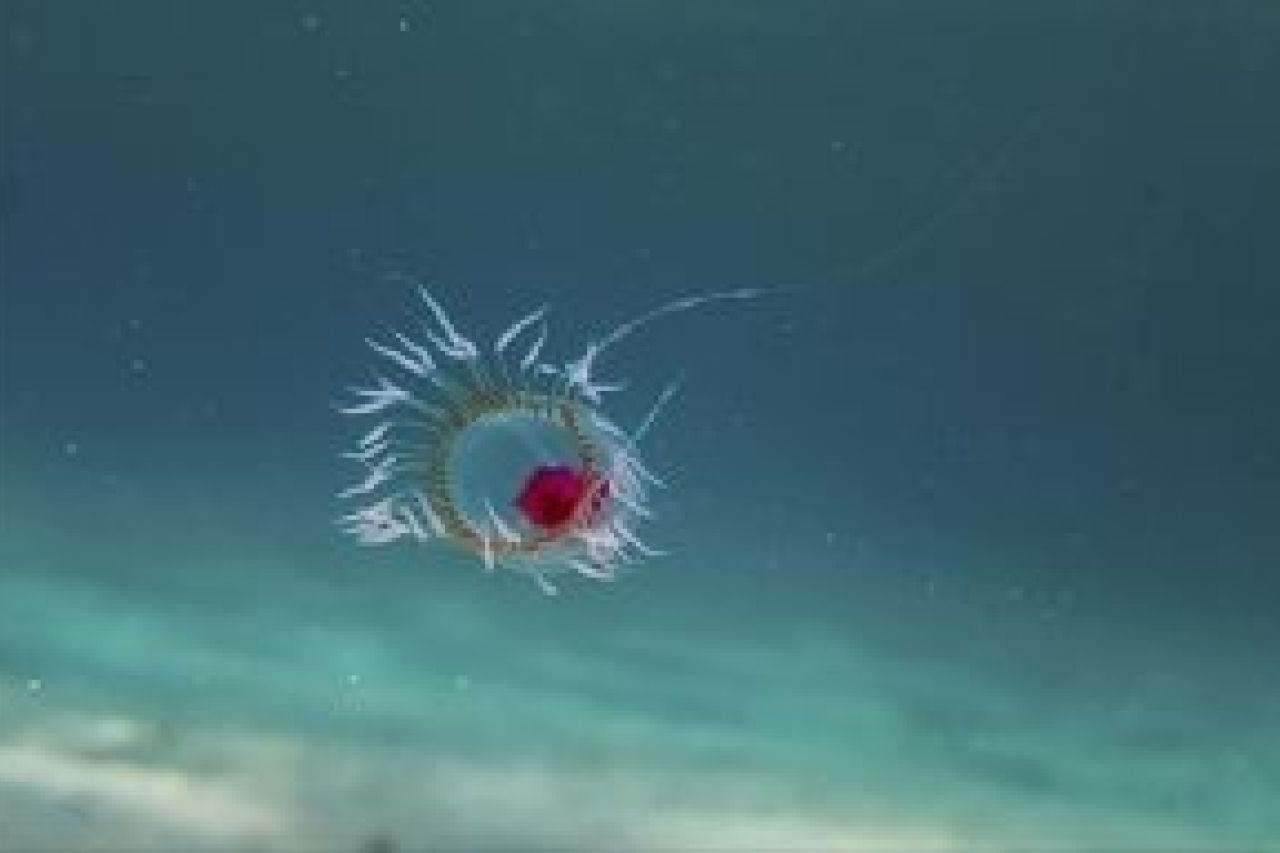
No animal cheats death better than a jellyfish! While some species, like the "immortal jellyfish" (Turritopsis dohrnii) are famous for this ability, others like our very own moon jellies (Aurelia sp.) are capable of this too and it seems this may be more common among jellies than previously thought!
The way jellies attain immortality is fascinating. When the environment becomes unsuitable, or damage too severe, adult jelly "medusae" can revert back to their juvenile "polyp" form. A process called "transdifferentiation" takes place, allowing adult cells to go back to stem cells capable of regrowing any tissue, allowing the jelly to regrow. This is a bit like Deadpool regenerating by growing baby legs!
In theory - if the jellies don't become sick, injured or eaten, they can live forever by doing this!
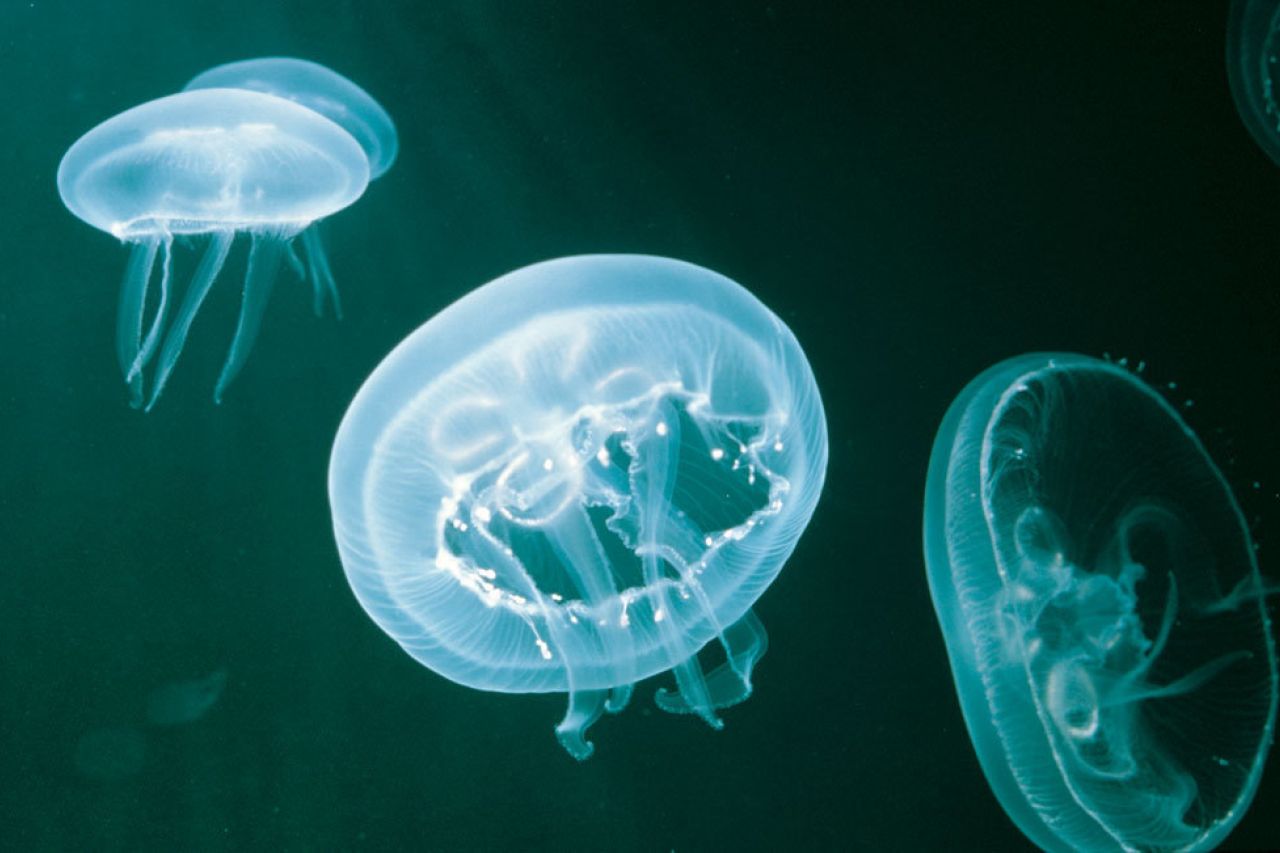
Utility belts
Like the gadgets in Batman's utility belt, the stinging cells, or nematocysts, of a jelly are single-use - meaning that once a cell stings, it is destroyed and needs to regrow. For this reason, jellies don't want to waste their stings by stinging animals that are not their prey or by using the wrong type of venom.
There are about 30 different types of stinging cells: Penetrants - basically armour piercing stings, glutinants - sticky harpoons, and volvents - a harpoon that lassos its prey. With further variation in venom, and structure, these cells specialise to help the jelly hunt a variety of prey. And, most importantly, these stings are all connected to nerves and senses that prevent them from firing at the wrong target, e.g. a jelly stinging itself.
Super stretch
Jellies are the longest animals in the world, by a long shot (get it?). A hydrozoan jelly called Apolemia was spotted in Australian waters in 2020 and measured 119 metres long! If you consider a colonial siphonophore cheating, then we can turn to the longest "undeniably-a-single-animal", which is the lion's mane jellyfish (Cyanea capillata), known to reach up to 37m long - that's longer than the longest blue whale!
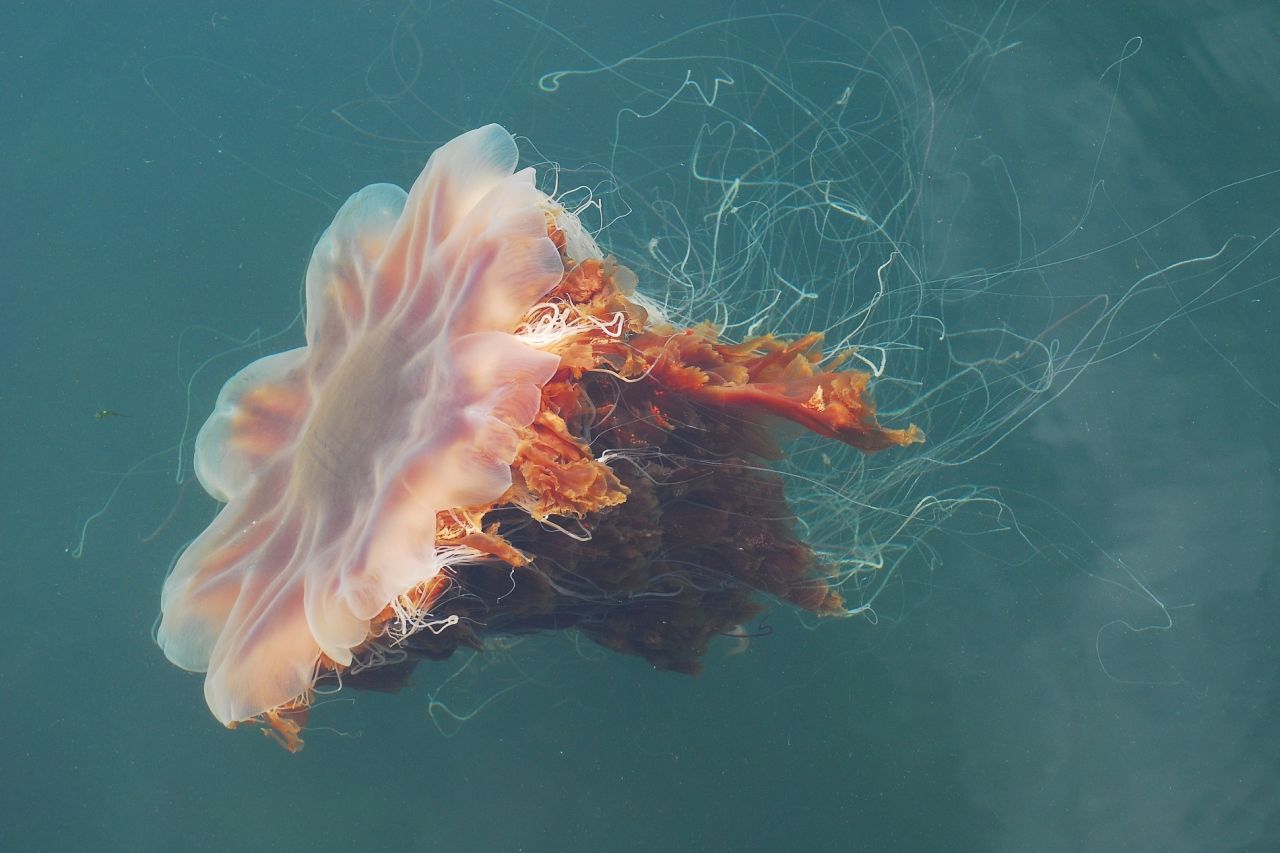
What use is that length? Longer bodies mean jellies can spread themselves out more and are more likely to catch prey, be it by casting their tentacles out in all directions, or by having lots of small mouths spread out to cover a wide area.
Cloning
In the juvenile polyp stage, jellies actually create multiple copies of themselves, so at any given time, there are potentially hundreds of copies of the same jelly swimming about! Add to that the ability of some jellyfish, like our moon jellies, to release up to 400 000 young at a time, and it's easy to see how jellies can reach enormous numbers quickly - a bit like Invincible's Dupli-Kate.
Super venom
Jellies are some of the most venomous animals in the ocean - in fact the sea wasp (Chironex fleckeri) is the most venomous animal in the ocean, and the tiny Irukandji jellies (Carukia sp. & Malo sp.) carry the honour of being both the smallest jelly and one of the most venomous! But the reason for all this venom is not what you think - it's actually about self-protection. Because they are so fragile, jellies need to kill or paralyse their prey and predators very quickly to avoid having their tentacles ripped off and bodies torn apart.
Dormancy
Have you ever noticed that whenever jellyfish make the news it's either because they have appeared in an enormous bloom out of nowhere, or because a rare one that hasn't been seen in decades has appeared? The question is, where are these jellies hiding for the years that we don't see them?
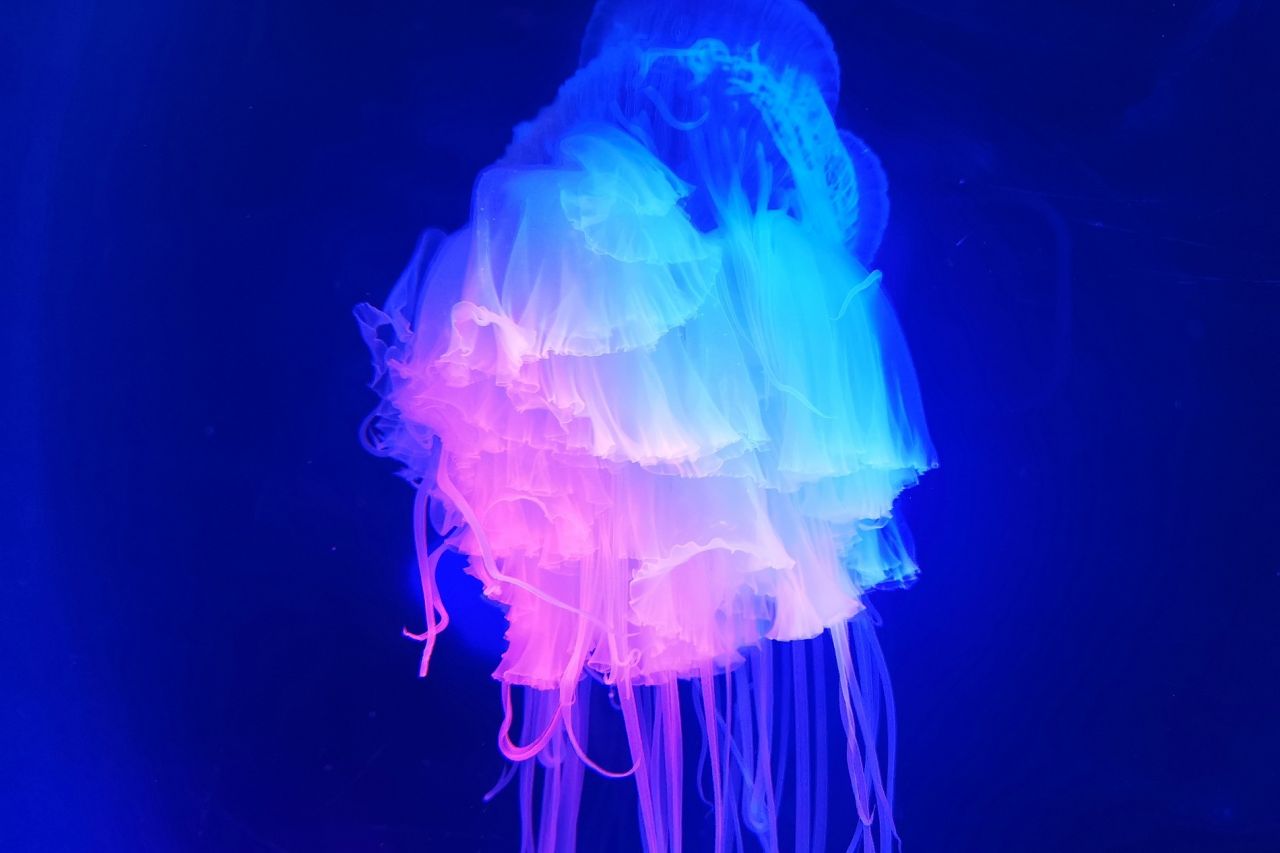
We've already mentioned how quickly and prolifically jellies can reproduce, but what we haven't mentioned is that jellies can delay their maturity and remain as tiny polyps attached to the seafloor, debris and other animals for years. Then, when conditions are right, they all mature at once, create thousands of clones and appear seemingly out of the blue. It's a bit like Apocalypse from the X-men universe, waiting for the perfect age to return!
Onmivision
Cubozoans, or box jellies, have 24 eyes of four different types. Unlike most animals, they don't simply look in one direction and actually look in all directions at once! Some of their eyes look upwards, following the sun or looking for gaps in the canopy of mangroves. Other eyes watch the surrounding waters to avoid predators and obstacles. Some of the special eyes simply watch floating objects to help the jelly control its speed.
An affinity for plastic
There's no doubt that there is a link between jellyfish and ocean plastic pollution. Their translucent bodies and efficient movements mean jellies resemble drifting plastic film - which is why so many animals like penguins and sea turtles accidentally eat plastic. Toxins carried in microplastic bioaccumulate in jellies that consume tiny microorganisms, and invasive jellyfish polyps can raft across oceans attached to floating plastic. However, of all the animals in the ocean, jellyfish might be the first to give us a tool that can actually fight plastic pollution.
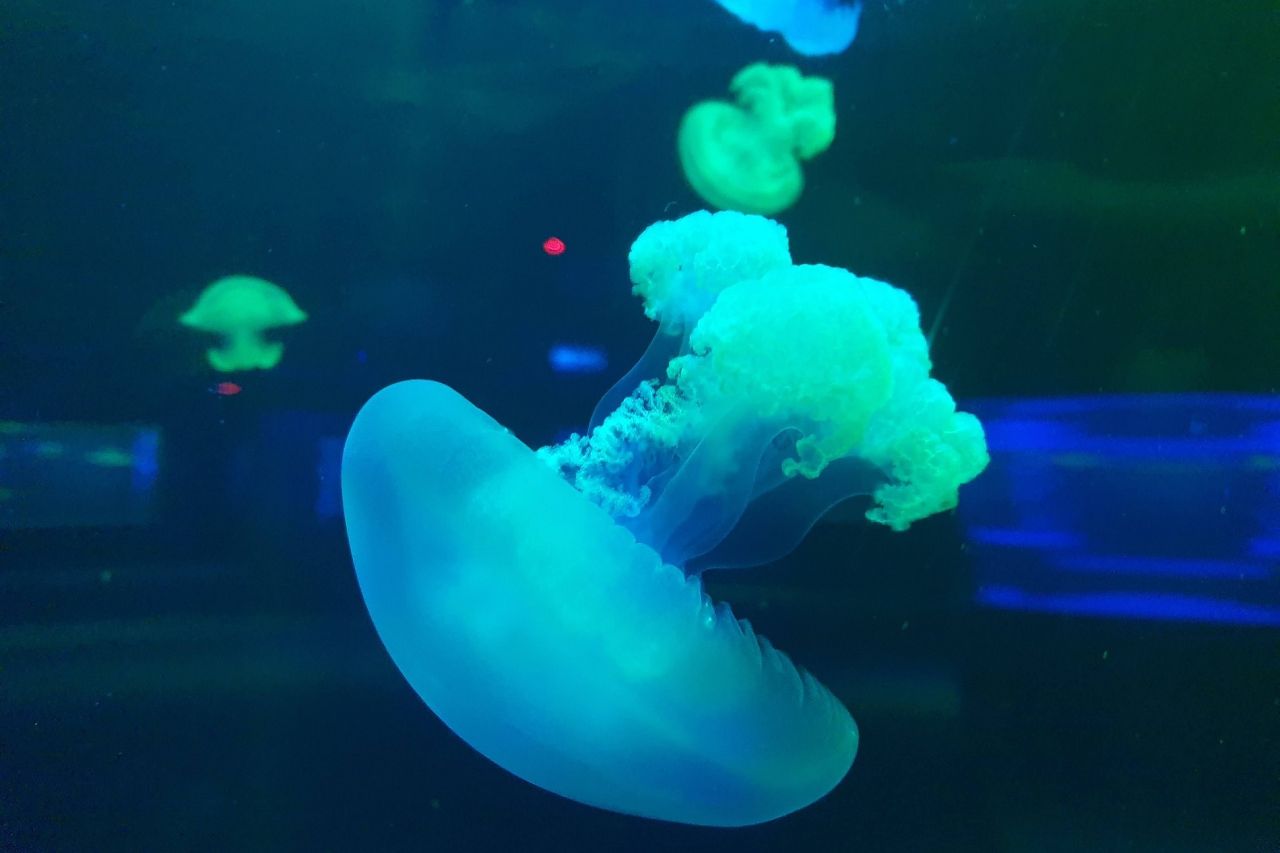
Our wastewater treatment plants SUCK at filtering out microplastics - meaning all the tiny plastic microbeads in your soap and detergents, and your synthetic clothing fibres, inevitably ends up in the "clean" wastewater that is released back into the environment. By using jellyfish mucus, scientists in the European Union are developing a technology that makes these plastic particles clump together so that they can be more easily removed. That's a pretty cool emerging technology!
Which of these jelly powers is the coolest? Do you know any that we haven't mentioned? Be sure to visit these incredible Ocean Superheroes on your next Two Oceans Aquarium outing.
